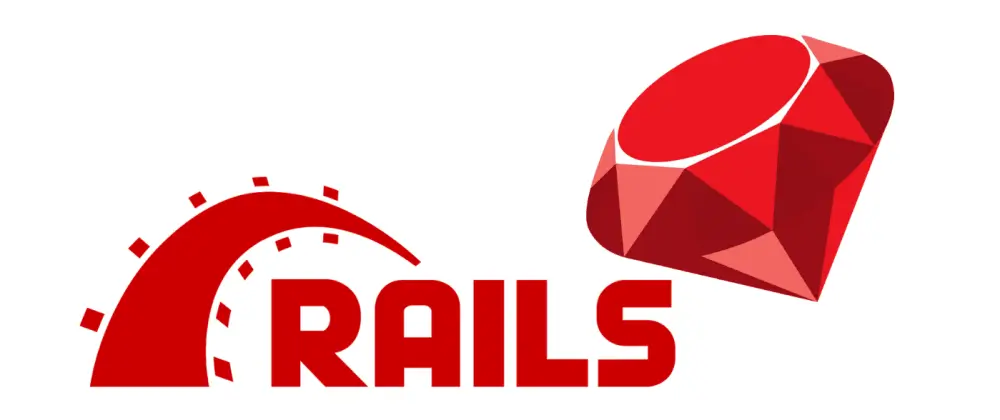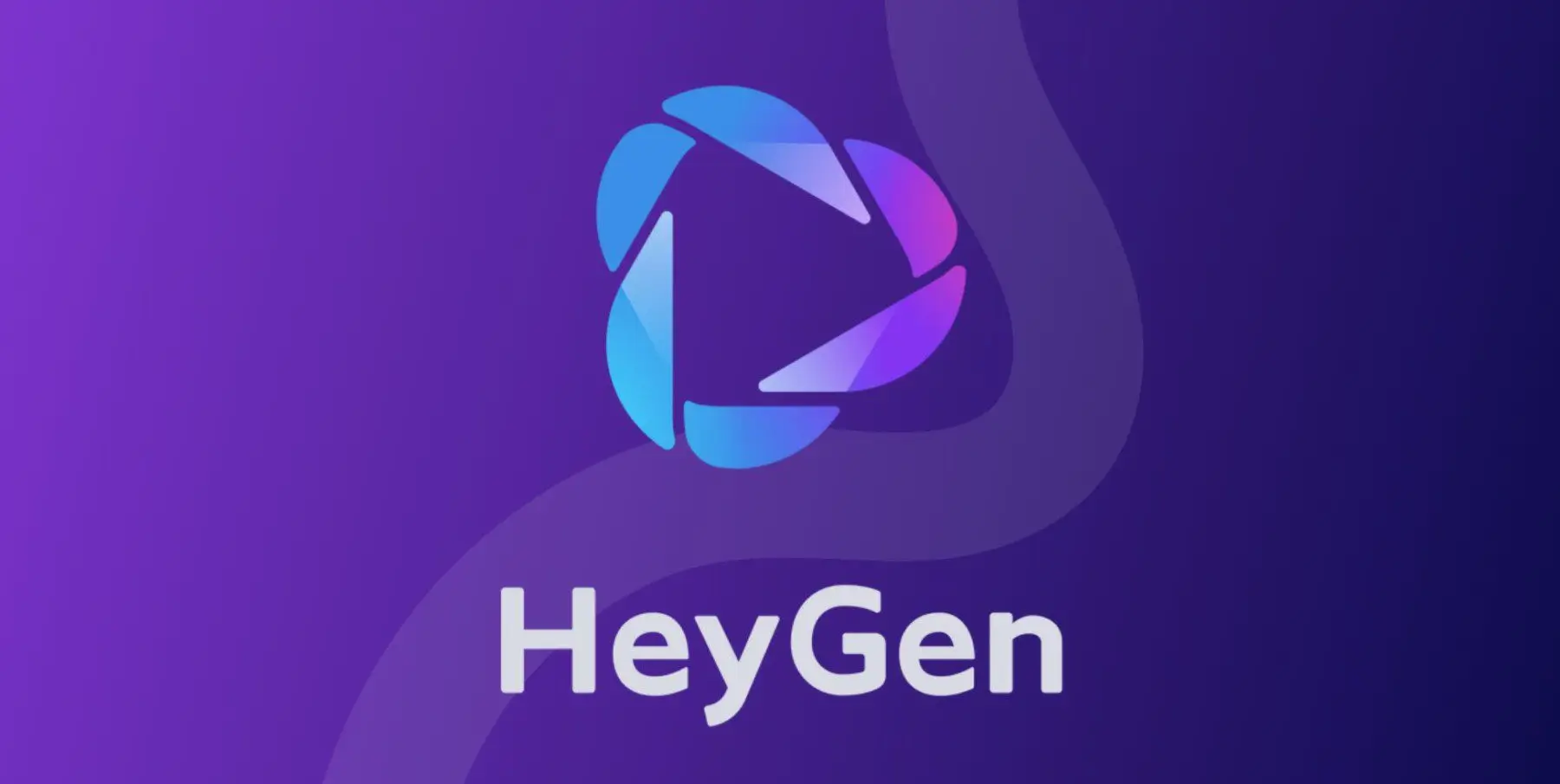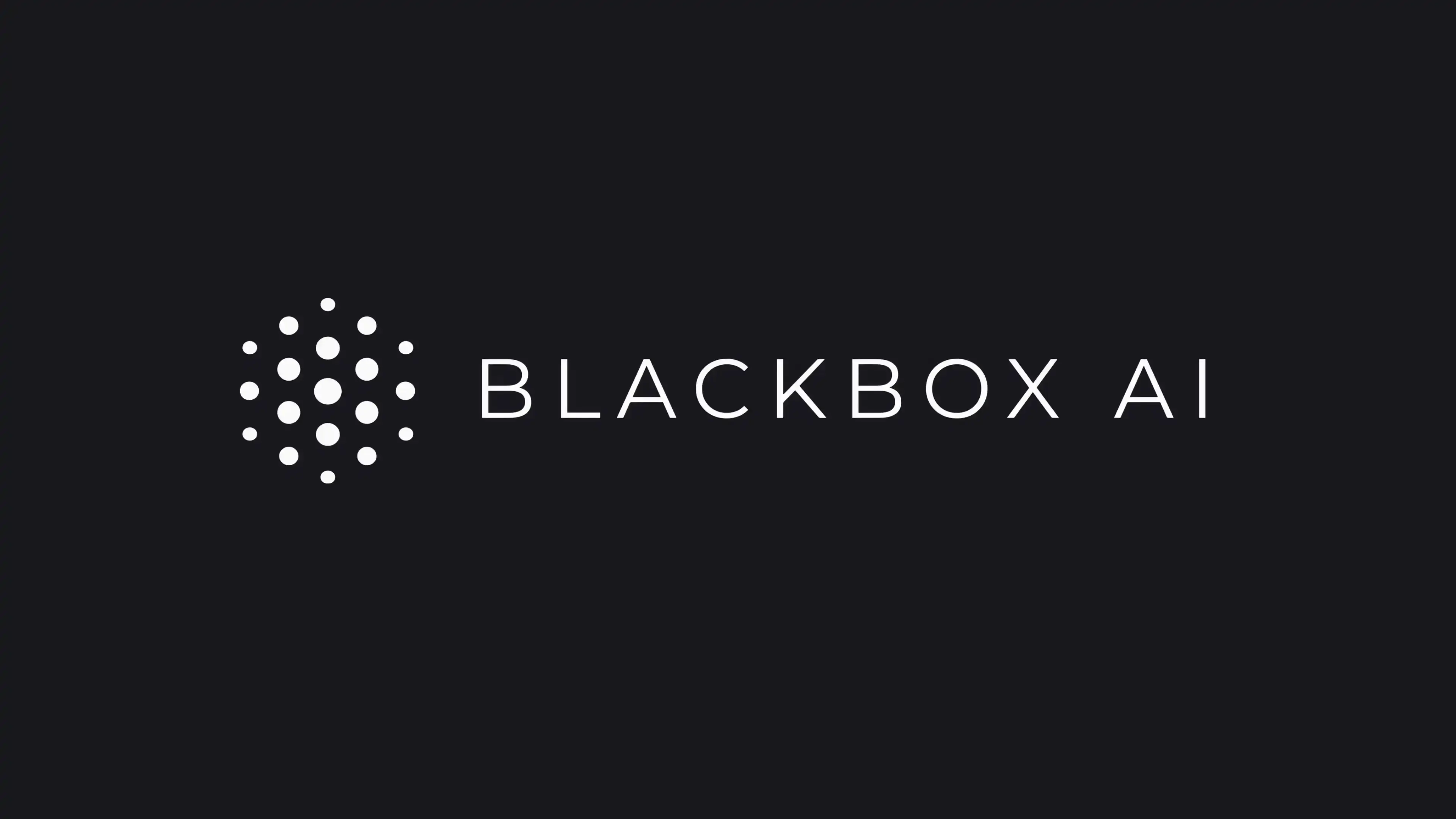Published on May 24, 2025
What Is Ruby on Rails

Ruby on Rails, often referred to as Rails, is a web framework based on the Ruby programming language designed to ease the development of web applications. Since its first release in 2004 by David Heinemeier Hansson, Ruby on Rails has become one of the most popular frameworks in the web development world. Rails is known for its principles that focus on developer productivity and the use of conventions rather than complex configurations.
This article will discuss the ins and outs of Ruby on Rails, its main advantages, important components, and why this framework is still relevant in today’s web development world.
1. What is Ruby on Rails?
Ruby on Rails is an open-source framework written in the Ruby language. This framework follows the MVC (Model-View-Controller) architecture, which separates application logic, user interface, and data management. Rails is designed with the philosophy of “Convention over Configuration” and “Don’t Repeat Yourself”, which allows developers to write less code but more effectively.
a. Convention over Configuration
Rails offers conventions that are already provided by default, so developers don’t have to spend time setting up configurations manually. Examples of these conventions include file naming, directory structure, and database handling.
b. Don’t Repeat Yourself
This principle encourages developers to avoid code duplication. Rails provides many built-in features such as automatic code generators, helpers, and libraries that prevent repetition of the same logic.
2. Advantages of Ruby on Rails
Rails offers several advantages that keep it relevant even though many new frameworks have emerged:
a. High Productivity
Rails is known for its high development speed. With many libraries called gems, developers can add various features to their applications without having to write code from scratch.
b. Active Community
Ruby on Rails has a large and active community. Developers can find lots of documentation, tutorials, and solutions to various problems that arise during development. In addition, many large companies use Rails, such as GitHub, Shopify, and Basecamp.
c. Focus on Code Quality
Rails encourages developers to write clean, easy-to-understand code. This makes applications easier to maintain and expand in the future. Rails also supports automated testing, which ensures that applications perform as expected.
d. Easy Integration with Database
Rails provides Active Record, which is a built-in Object-Relational Mapping (ORM). Active Record allows developers to interact with the database using Ruby objects, without having to manually write SQL queries.
3. Key Components of Ruby on Rails
Rails consists of several important components that help in developing web applications:
a. Active Record
Active Record is a Rails ORM component that manages the interaction between the application and the database. With Active Record, each table in the database is mapped to a Ruby model, allowing easy data manipulation.
b. Action Controller
This component is responsible for handling the business logic and control flow of the application. The Action Controller receives requests from the user, processes them, and sends appropriate responses.
c. Action View
Action View is a part of Rails that handles the display of the user interface. Rails uses the ERB (Embedded Ruby) format to embed Ruby code in HTML files, allowing for the development of dynamic interfaces.
4. How Ruby on Rails Works
Ruby on Rails works by leveraging the MVC architecture, which consists of three main components:
- Model: Responsible for data logic and interaction with the database. For example, if there is a
userstable in the database, then theUsermodel will handle all operations related to that table. - View: Provides a user interface for displaying data. Views typically consist of HTML files that embed Ruby code to display dynamic information.
- Controller: Controls the flow of the application, connecting the model and the view. The controller receives input from the user, processes it, and decides how the data is displayed.
A simple example of a controller in Rails:
class UsersController < ApplicationController
def index
@users = User.all
end
end
The above code will fetch all the data from the User model and store it in the @users variable, which can then be used in the view.
5. Building a Simple Application with Rails
To understand Rails further, here are the simple steps to create an application:
- Install Ruby and Rails
First, make sure Ruby and Rails are installed on your system. Installation can be done with the command:
gem install rails
- Creating a New Project
Run the following command to create a new application:
rails new application_name
- Running the Rails Server
Go to the application directory and run the Rails server:
cd application_name
rails server
- Creating Models and Controllers
Use the Rails generator to create models and controllers:
rails generate model User name:string email:string
rails generate controller Users
- Database Migration
Run migrations to create tables in the database:
rails db:migrate
6. When to Use Ruby on Rails?
Rails is suitable for a wide range of web applications, especially if you want fast and efficient development. Some common use cases include:
- E-commerce applications
- SaaS (Software as a Service) applications
- Social networking platforms
- Internal company applications
Conclusion
Ruby on Rails remains a solid choice for developers looking for a powerful, flexible, and efficient framework. With a philosophy focused on simplicity and productivity, Rails allows developers to create scalable, high-quality web applications with less code. Large community support and comprehensive documentation keep Rails relevant and competitive amidst the ever-evolving technology landscape.
Rails is not just a framework, but an ecosystem that makes it easy for developers to deliver innovative digital solutions. So, if you want to build reliable and fast web applications, Ruby on Rails is a choice worth considering.
That’s all the articles from Admin, hopefully useful… Thank you for stopping by…





